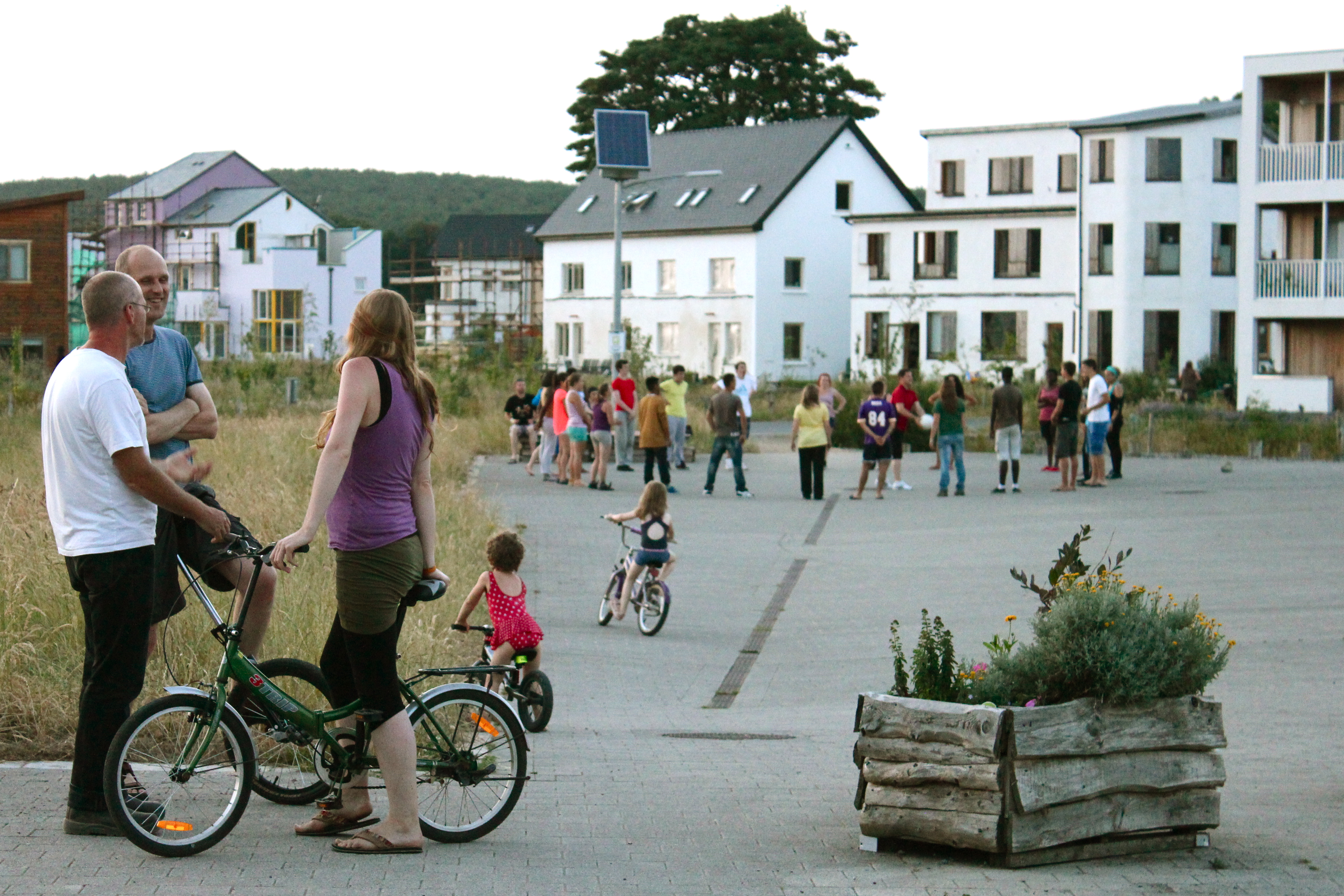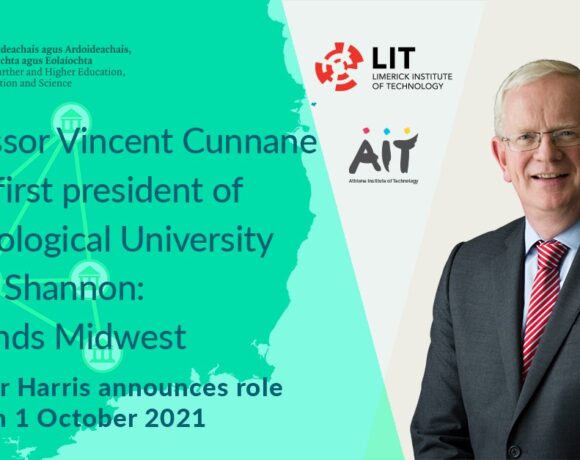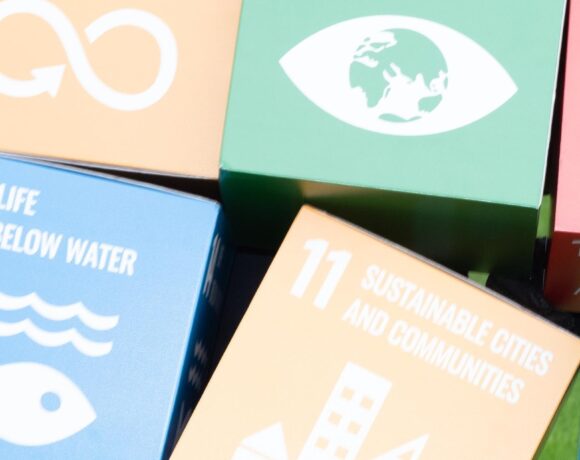In Paris this December the UN Climate Change Convention brought world leaders together to find solutions to a more sustainable future. Though great progress was made, with the French foreign minister and president of the COP21 summit, Laurent Fabius, saying that there was great ambition to hold global temperatures “well below 2 degrees Celsius”, major problems encountered included transparency and differentiation (especially for developing countries).
Bringing people together from diverse backgrounds and asking them to make sacrifices from the greater good is not an easy task, and it has yet to be seen if the COP21 summit will reach the goals it hopes for. However, if you need affirmation that people can get together and made a difference, you need only look to Cloughjordan ecovillage in Co Tipperary.
Made up of 55 houses, the small ecovillage accounts for 6.5% of all the A energy graded houses in Ireland. The community also has the lowest ecological footprint in the nation, at 2 global hectares (gHa), just above one-planet living. (One gHa represents the average productivity of all biologically productive areas on Earth.) The average for 79 other settlements included in the study was 4.3gHa. The best part is that residence in the community did it all without such a big change in lifestyle. Brid Ni Chumhaill, who lives in the ecovillage, said that there was no sacrifice at all. “The houses here are all really luxurious. There’s no privation in being super warm and eating lovely food.”
The idea to create Ireland’s first ecovillage was hatched back in 1999 and it has since become part of the global ecovillage network and has been identified as one of Europe’s most important examples of an initiative that provides policy lessons for a low-energy society. Of 1,500 projects shortlisted by the EU funded Milesecure researchers, Cloughjordan came out in the final 23. All this, and it is still a work in progress; 75 houses short of its original goal.
Peadar Kirby, an academic, author and resident of the ecovillage said, “It’s the multifaceted nature of our project that makes us so successful. The ecovillage is robust in renewable technology, food and community.”
 Along with the 55 homes, there is an enterprise centre, a bakery, allotments and a hostel. There is a community farm that grows 85 varieties of vegetables to feed the residents, as well as 3,000 fruit tress and 100 nut trees planted around the estate as an ‘edible landscape’. There is also 16 acres of broadleaved forestry and a biodiversity trail. And of course there are the many students who frequent the village from schools and universities in order to learn from what the residents have achieved. Indeed, the residents can be considered students themselves, as many of them continuously experiment with new and innovative ways become even more sustainable.
Along with the 55 homes, there is an enterprise centre, a bakery, allotments and a hostel. There is a community farm that grows 85 varieties of vegetables to feed the residents, as well as 3,000 fruit tress and 100 nut trees planted around the estate as an ‘edible landscape’. There is also 16 acres of broadleaved forestry and a biodiversity trail. And of course there are the many students who frequent the village from schools and universities in order to learn from what the residents have achieved. Indeed, the residents can be considered students themselves, as many of them continuously experiment with new and innovative ways become even more sustainable.
Of course it is not all Utopian. One problem for the residents is that because there are far less houses than the district heating system was built to serve, charges are higher than expected. Another issue is that heating system runs on woodchip and solar, but so far the solar panels haven’t worked.
Yet despite these faults, residents are happy with how the village is progressing. Speaking about the trouble with the heating system, Kirby explained that there is more to it that just technology and economics. The “interconnectedness [of the district heating system] reinforces community which is at the heart of the project”, says Kirby. “Far too much of the discourse about climate change is about technology but it’s not going to make a difference on its own. It’s a resilient community that will make the difference.”
More than anything Cloughjordan ecovillage seems like an idea that is still growing. Whether or not it will reach full fruition will come down to how well the residents can act as a cooperative community. With clashes of personalities and varying levels of commitment to the eco-friendly goals, it has sometimes looked liked the cause might get sidetracked. Yet, these hiccups have so far been minor. The level of cooperation has indeed been something that world leaders of the COP21 summit could aspire to.
Resident Davie Philips said, “It’s not easy, this is no utopia. It’s challenging when you bring people together, to bring cohesion, so we’ve a long way to go but that is a big part of the work that needs to be done in transitioning to a low carbon society.”
“I don’t think one person can make change,” he added “You need a whole community.”














